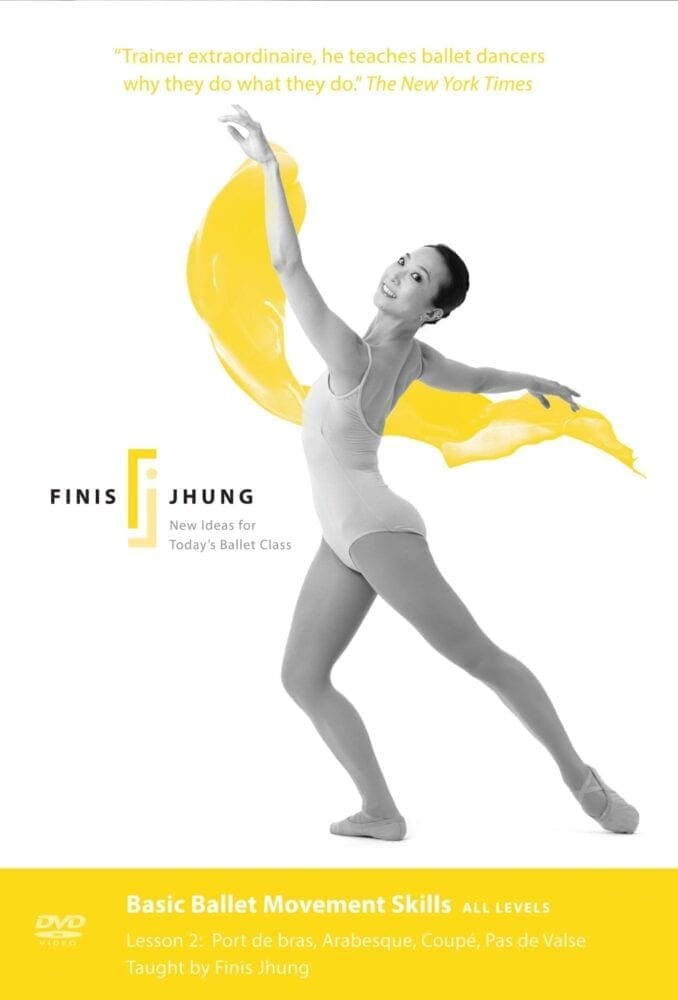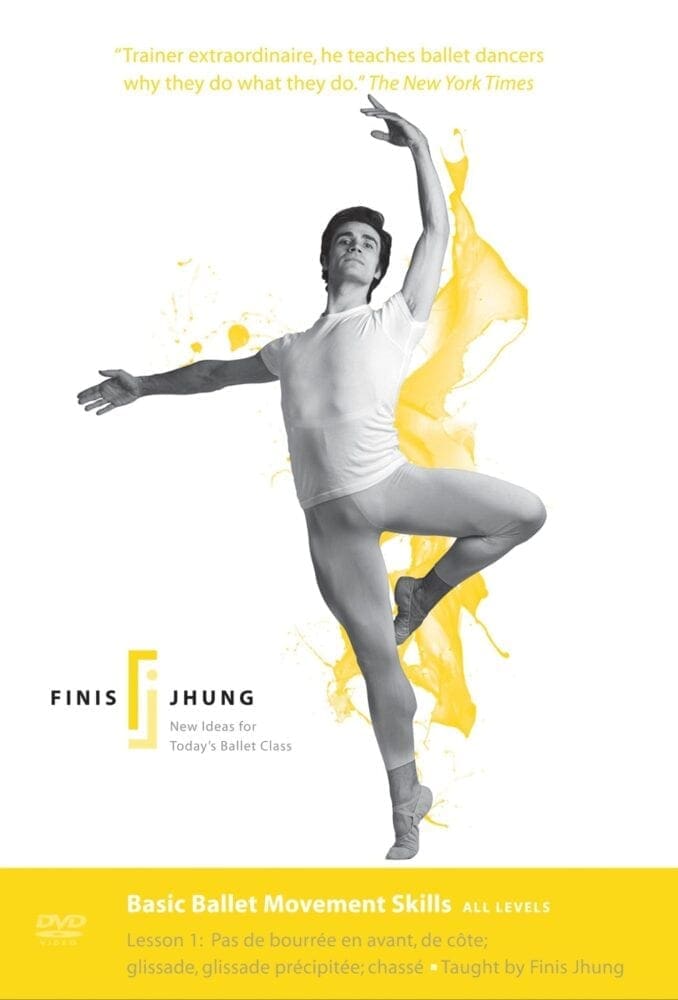Pictured above: Russell with two lovely partners, Claire and Christina.
I call my adult students my “ballet babies” because, like young children, they are so eager to learn, are “pure” in that they have no pre-conceived notions, and dance as if there is no tomorrow. Some of my babies are teachers and students who live in Australia. Some have attended my workshops; all use my videos and music; and most have my memoir Ballet for Life. Russell Merriman lives in Bicton, Western Australia, and began studying with my streaming videos this year.
In his own words…
Streaming from Perth We
stern Australia is phenomenal. It is simple to log on and there are no delays in finding my videos. I am a ‘mature’ student. I turn 75 years of age on July 19. My ballet has improved dramatically since I started using your streaming videos. I have started pas de deux and my partner who was a professional ballet dancer thinks that I am a ‘natural.’ I purchased your Partnering Techniques DVD.
My first dance technique was contemporary dance. While a student at Flinders University of South Australia I attended a week-long workshop at Australian Dance Theatre in Adelaide. I was aged 30 years and very stiff and inflexible. I was excited when, at the end, we performed a dance to the song of Buffy Sainte-Marie: God is alive, Magic is afoot. How prescient for my life!
I then joined a small group of dancers at Flinders University and after we performed, I was ‘hooked.’ I moved to Perth in 1974 and commenced contemporary dance classes with Ruth Osborne, wo taught the Graham Technique. After I turned 40, I found an introduction to ballet of eight free classes. After discovering pirouettes I never stopped.
Around the same time, I joined the Keszkeno Hungarian Dance group. I was mesmerized by the athleticism of the male dancers and remained with the group until 2016. We performed at concerts in Sydney, Melbourne, Brisbane, and Hungary. I had to stop Hungarian dance as an old ankle injury couldn’t cope with the stamping.
I continued ballet classes, and my first brief ballet performance in October 2017 included a ‘mini’ pas de deux which introduced me to the delights of partnering.
I am indebted to Heather Callander who has been my teacher for over 30 years. She told me about the videos of Finis Jhung which allowed my enthusiasm for ballet to expand. She uses his concepts in her teaching. Justin McNamara has been instrumental in his beginner classes in teaching me the fundamentals of posture and balance. Justin says he ‘Really found it so helpful the way Finis explains the way to approach teaching the use of arms for beginners in classical ballet and the example for pirouettes of the kids toy where to make it spin you push down to make it turn.’
I have found that the secret of ballet is that it is anti-gravity as the movement is all UP. This lengthens the spine and frees up space in the joints. Obviously this counteracts the normal effect of aging where people ‘shrink’ and their body contracts. The change in one’s posture from ballet can be dramatic (mine has) and it results in new breathing patterns. So, like Finis, I will never give up.
PS: My favorite video right now is The Art of Teaching Jumps. I’ve had double hip-surgery, but will persist with patience and determination for my share of air-time.
—Russell Merriman
NOTE FROM FINIS JHUNG: And I just recommended Ballet Barre Foot Strength Exercises to help Russell strengthen his feet and ankles so he can jump higher.

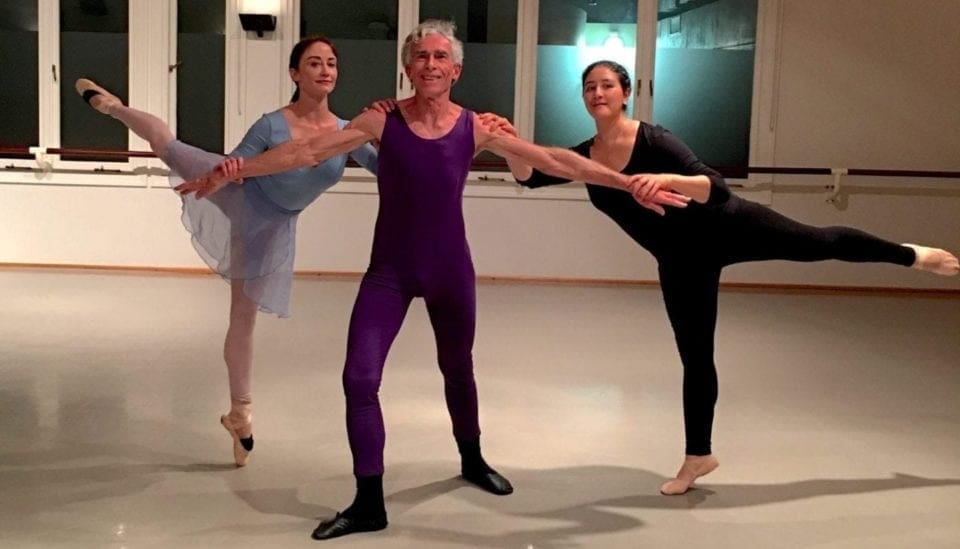
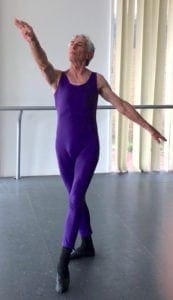
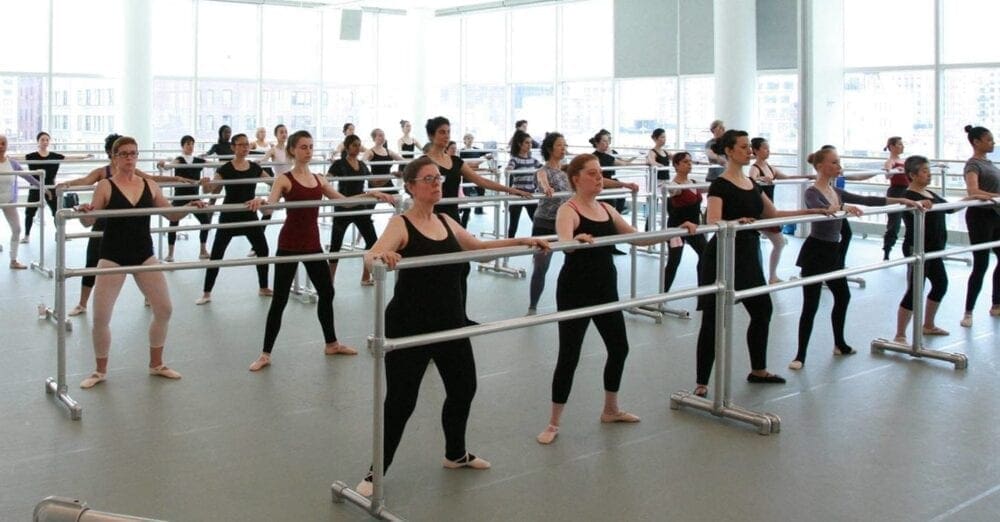

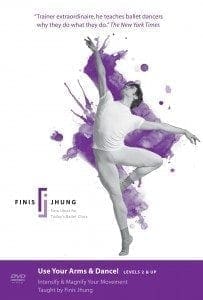 Use Your Arms
Use Your Arms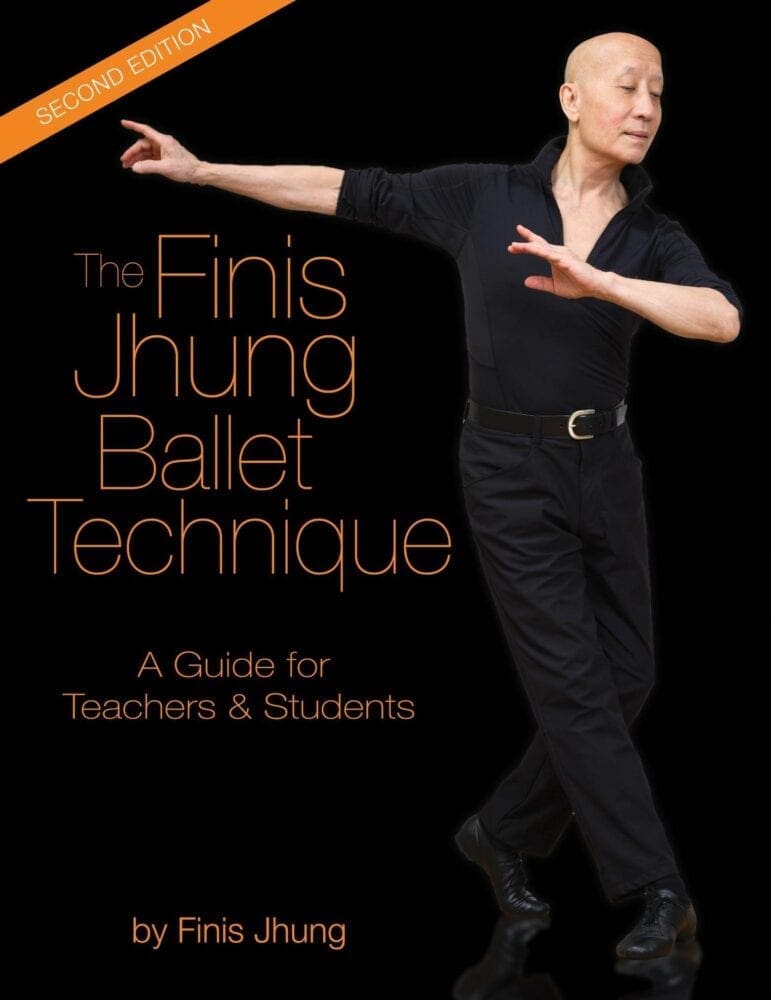
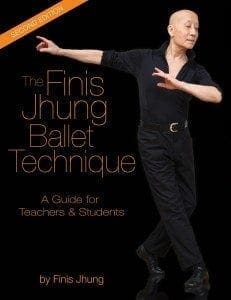 #3 Ears back!
#3 Ears back!